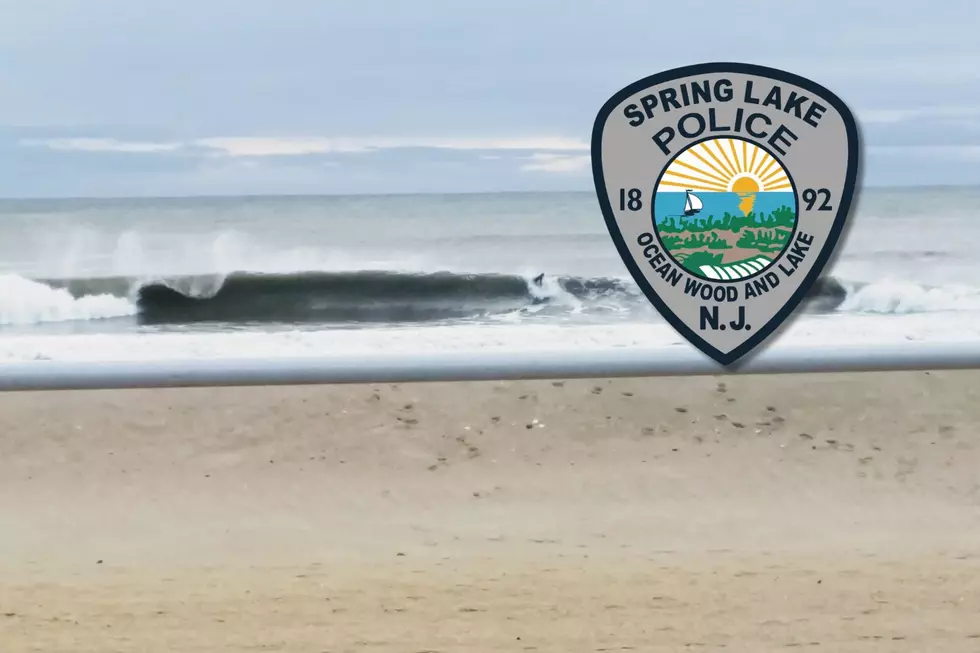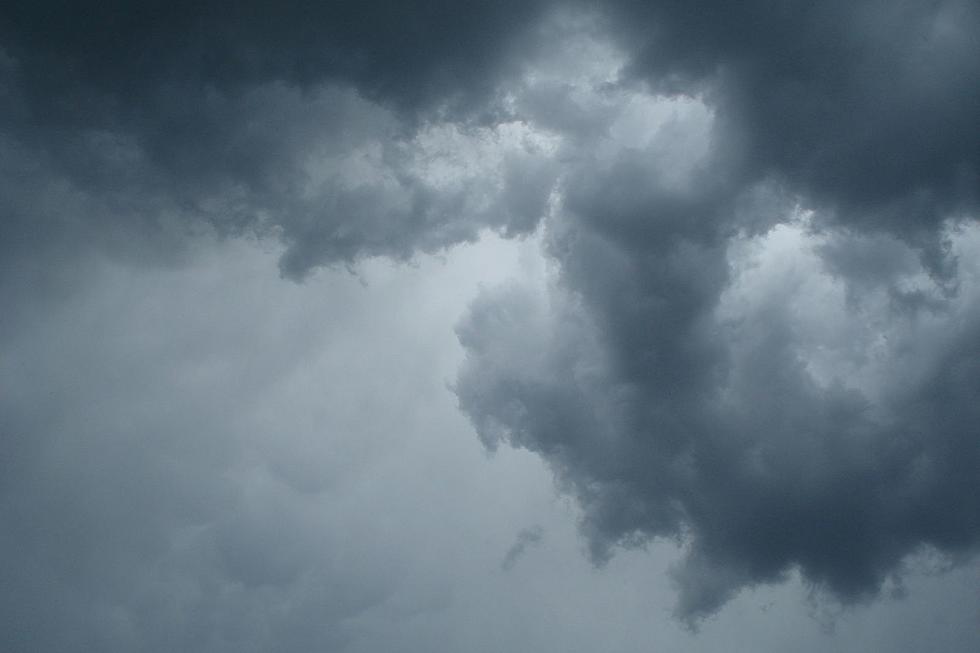
NJ, Researchers Doing 10 Studies of Barnegat Bay
Everyone knows Barnegat Bay is in trouble. The real question is, how bad are things?
To get answers, the state Department of Environmental Protection is teaming up with research institutions across the state to carry out 10 separate studies of aspects of Barnegat Bay in order to get a comprehensive view of the health of the struggling waterway.
But the answers won't all be in until 2014. The studies will examine things like pollution nutrients in the water, crabs and clams, the prevalence of stinging jellyfish and algae blooms. Together, they will form the most detailed study ever done of the bay.
DEP Commissioner Robert Martin called the bay "an ecological treasure and tourism asset that is important to all of New Jersey."
"The results of these studies will fill in data gaps and arm us with critical information that will help define future actions we must take to restore the bay and bring it back from many decades of decline," he said. "We are extremely fortunate to have such a pool of talent and expertise in marine sciences so close at hand to assist us as we nurse the bay back to health."
Groups partnering with the DEP for the studies are the Rutgers University Institute of Marine and Coastal Sciences, the New Jersey Sea Grant Consortium, Montclair State University, Rider University, Monmouth University and the Academy of Natural Sciences in Philadelphia.
"I commend the DEP for pulling together so much scientific expertise from agencies and institutions around the region to work together to address the bay's problems," said Stan Hales, executive director of the Barnegat Bay Partnership. "These studies represent the most comprehensive research commitment to the Barnegat Bay in the past 30 to 40 years, perhaps ever. The studies address numerous information gaps about the bay's fundamental ecology. They should provide us with a more complete understanding of the bay's current condition and the extent to which the bay's ecology has changed."
Gov. Chris Christie issued a plan last year to help the bay, including the early closure of the Oyster Creek nuclear power plant, and changes to the composition of fertilizer sold in the state to let less polluting nitrogen enter the bay.
But Jeff Tittel of the Sierra Club said the real solution is limiting overdevelopment nearby.
"We are studying the bay to death," he said. "This is the modern version of Nero: While the DEP is doing their studies, the bay will die."
"Instead of studying sea nettles all you have to do is go swimming at Windward Beach in the summer time," he said, referring to stinging jellyfish. "We know they are there and they are only getting worse. We have had 20 years of studies; we need action."
Long and very shallow, Barnegat Bay has limited inlets to allow flushing of degraded water to the ocean. The bay is becoming eutrophic, meaning that nutrients are causing frequent algae blooms that can cause low dissolved-oxygen conditions, and block sunlight, hurting the bay's overall ecological balance.
Brown tide outbreaks, declines in hard clam populations and eel grass, and population explosions of sea nettles are some of the most visible signs of the ecological stress the bay faces. But the DEP says the role that specific changes in water quality conditions have in causing these and other bay problems remain unclear.
More From New Jersey 101.5 FM









